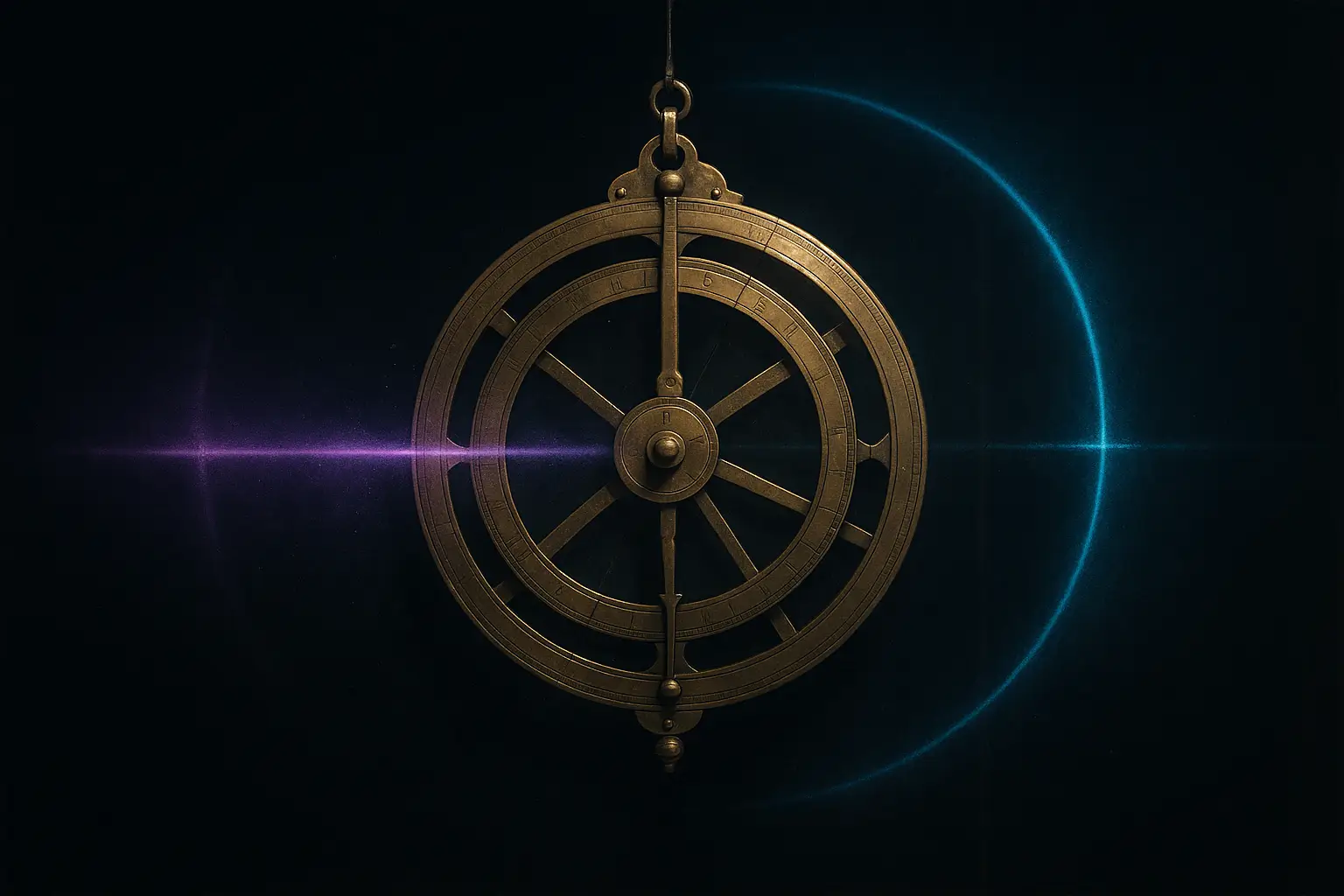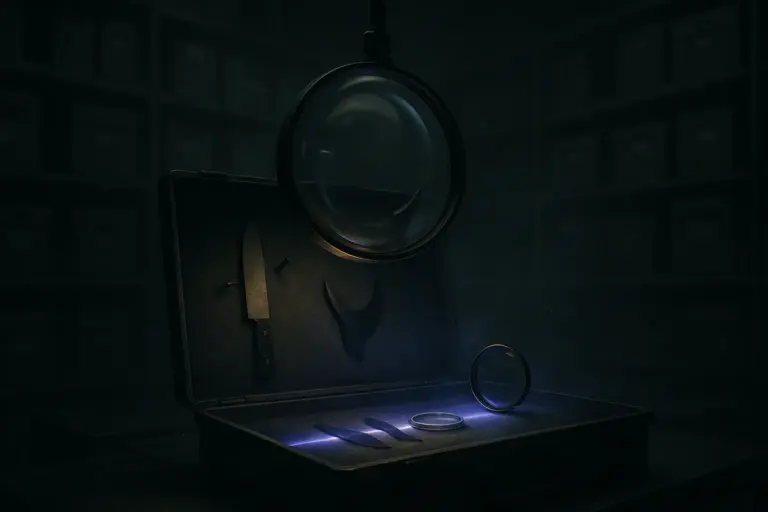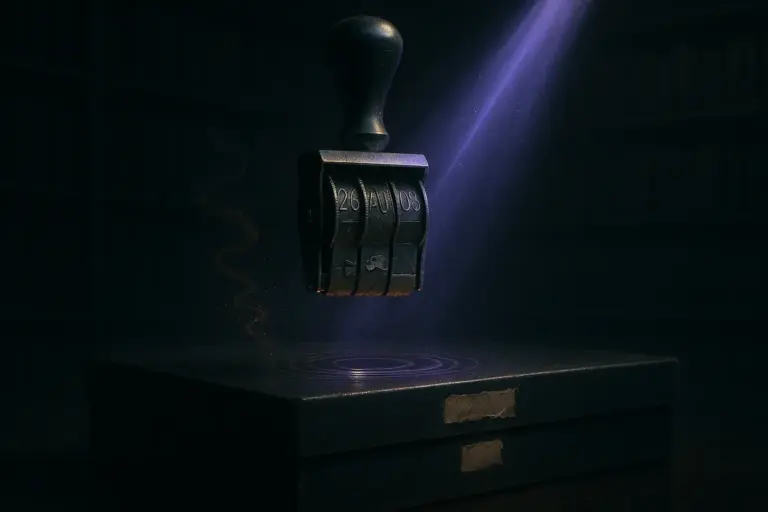Phantom Time Hypothesis: A Critical Analysis of the Evidence
Astronomical records and tree-ring data form a continuous ledger, revealing the phantom time hypothesis as a calibration error, not a missing era.
The vellum smells of dust and tallow, its margin marked with a monk’s careful sun-and-moon sketch beside a date that modern calculation confirms as an eclipse visible over Asia and Europe. If the phantom time hypothesis were true—if three centuries were stitched into the ledger—this note should fall out of the sky. It doesn’t. The star paths agree with the ink. The calendar dial under my fingertips keeps turning, steady as if it never noticed the alleged splice, and yet the file folder holding these dates feels too thin, as if one page was quietly replaced.
What the Video Adds (Quick Summary)
- Visual reconstruction of how medieval scribes recorded astronomical events and regal dates in annals still preserved today.
- Demonstration of dendrochronological cross-dating methods that build uninterrupted tree-ring sequences through the alleged phantom centuries.
- Explanation of how Joseph Scaliger’s 1583 chronological scaffold cross-referenced eclipses, Olympiads, and era counts to anchor medieval timelines.
- Examination of coin hoards and architectural phases that resist a clean temporal splice in the early Middle Ages.
- Overview of NASA eclipse models and radiocarbon recalibration data that align with historical records from the disputed period.

When the Illig hypothesis collides with recorded chronology
Proponents claim that roughly 297 years were inserted into European history, shifting the ledger so that 614 to 911 CE never actually happened. In the telling, an imperial alliance—often centered on Otto III, Pope Sylvester II, and Byzantine officials—allegedly manufactured a grand correction to place their reigns inside a more auspicious year count, inflating or even fictionalizing figures such as Charlemagne. The phantom time hypothesis leans on perceived gaps in documents, architectural styles that seem to arrive “too soon,” and misunderstandings of calendar drift. Verified records tell a different story. Byzantine, Islamic, and East Asian chronologies register rulers, wars, earthquakes, market prices, and eclipses across those centuries with no blank gulfs. Coins continue their metallurgical evolution; charters and law codes proliferate; annals cross-reference neighbors using their own year-names, not Rome’s. A conspiracy would need to retune thousands of independent clocks. The paper trail shows no such central hand (Source: SECONDARY Wikipedia, 2005-11-06, encyclopedic overview).
Astronomical anchors and cross cultural chronologies hold
Independent datasets lock the timeline like bolts on a vault door. Astronomical records—eclipses computed from celestial mechanics, Halley’s 837 apparition described in chronicles from Baghdad to Luoyang, and auroral storms—line up with preserved observations in multiple scripts. Dendrochronology, the tree ring ledger, builds uninterrupted master sequences that bridge the alleged gap; those rings calibrate radiocarbon dates, which return the same centuries the theory erases. Archaeological strata layer continuously through the period, with ceramics, mortars, and timbers dating to the “missing” years via known material signatures. Cross-checked annals from the Tang and Song realms, from Abbasid bureaucrats, and from monastic Europe cite each other’s embassies, eclipses, and famines in real time, not retrofitted time. The accumulation is mundane but decisive: continuity without the weld line the theory predicts (Source: SECONDARY Medievalists.net, 2020-04-10, global rebuttal; Source: SECONDARY The Public Medievalist, 2016-05-12, scholarly critique).
“Two calendars in different alphabets point at the same sky.”
Gregorian reform mechanics versus claims of missing centuries
The theory often recasts the 1582 Gregorian reform as evidence of fraud, arguing that “ten lost days” expose an earlier chronological fabrication. The mechanics say otherwise. The reform corrected a small, accumulating error in the Julian leap-year rule, realigning the calendar with the equinox used to fix Easter since late antiquity; it did not add centuries, it removed ten days to recalibrate a drift of about three days per four centuries. Observed eclipses, dated comets, and seasonal markers—none controlled by a chancery—had already anchored the intervening centuries. If 614 to 911 were ghost years, those celestial events would misfire against physics and harvests alike. They don’t (Source: SECONDARY Big Think, 2023-12-19, analysis).
“The correction was a trim, not a splice.”
Why the phantom time theory persists despite the records
Elegant shortcuts seduce. A single missing chunk promises to resolve every nuisance in the archive—gaps, anachronisms, and the slow unevenness of how people actually record their world. Cognitive habits amplify the appeal: proportionality bias seeks a grand cause for messy data; pattern hunger stitches isolated coincidences into purpose; motivated reasoning defends the narrative once adopted. In the media economy, a story that rewrites centuries outpaces a story that explains leap-year arithmetic. Yet when tested against astronomy, materials science, and cross-cultural documentation, the claims decompress into familiar error—selection effects and misunderstood calendars, not a state plot. The historical record remains noisy, but its noise floors match across disciplines. The pattern holds even when examining alternative timelines casebook scenarios that challenge conventional dating (Source: SECONDARY Discover Magazine, 2023-10-04, summary).
Sources unsealed dossier on the medieval dating error debate
Primary anchors are institutional ephemerides, material analyses, and cross-checked annals; what follows are SECONDARY syntheses that map the dispute and its resolution in public-facing scholarship.
(Source: SECONDARY Wikipedia, 2005-11-06, encyclopedic overview)
(Source: SECONDARY Medievalists.net, 2020-04-10, global rebuttal)
(Source: SECONDARY The Public Medievalist, 2016-05-12, scholarly critique)
(Source: SECONDARY Big Think, 2023-12-19, analysis)
(Source: SECONDARY Discover Magazine, 2023-10-04, summary)
Final transmission from the corridor of alleged missing centuries
The lamp hums over a desk of overlapping calendars, the eclipse track arcing across paper like a quiet river. A timber ring and a scribe’s line agree without speaking. The phantom claim fades against the weight of clocks that never stopped, while velikovsky’s collision claims echo similar patterns of astronomical misinterpretation. Home · Hidden History · Alternative Timelines. Signal ends — clarity remains.
FAQ decoded what the phantom time hypothesis leaves out
What is the phantom time hypothesis and what does it claim
It asserts that about three centuries were added to the early Middle Ages, making events and rulers from roughly 614 to 911 CE historically illusory. Most versions attribute the insertion to political or clerical motives, but they do not account for independent scientific and global records. Source: Wikipedia, 2005-11-06, wikipedia.org/wiki/Phantom_time_conspiracy_theory
How do astronomical anchor dates challenge phantom time theory
Calculated eclipses and comet apparitions match observations recorded across Europe, the Islamic world, and East Asia in the alleged gap years. Physics is indifferent to paperwork, so these sky events provide a hard baseline that contradicts any erased centuries. Source: Medievalists.net, 2020-04-10, medievalists.net/2020/04/why-phantom-time-hypothesis-wrong
What limits remain in testing the phantom time hypothesis
No archive is complete, and some regions preserve fewer texts or datable materials than others. Even so, cross-disciplinary evidence narrows uncertainty to normal archival gaps, not a global fabrication. Source: Discover Magazine, 2023-10-04, discovermagazine.com/what-is-the-truth-behind-the-controversial-phantom-time-hypothesis-45433
They Don’t Want You to Know This
Join the society of the curious. Get early access to leaked findings, hidden knowledge, and suppressed discoveries — straight to your inbox, before they vanish.




